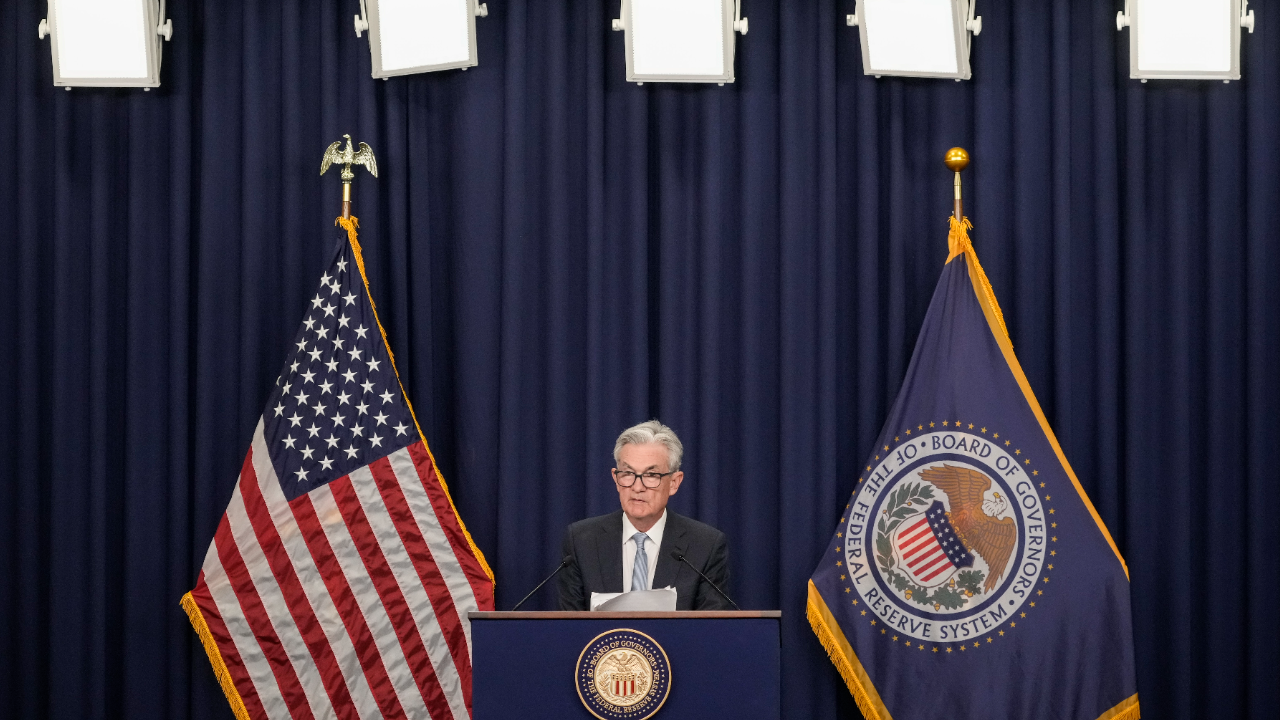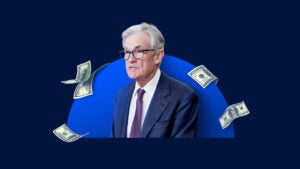U.S. economic growth in the first quarter revised down slightly to 3.1 percent

U.S. economic growth in the first three months of 2019 was revised down by less than what economists expected, casting a slightly brighter picture amid jitters about escalating trade tensions and weakness around the globe.
The headline number
Gross domestic product — the barometer for the health of the U.S. economy — grew at a 3.1 percent annual rate between January and March, Commerce Department data showed Thursday, down from the initial estimate of 3.2 percent but beating economists’ median projections of 3 percent, according to a MarketWatch survey.
Even after the slight downward revision, that’s still the best first quarter of growth since 2015.
The breakdown
Gross domestic product is a quarterly measure of how much the U.S. produces in goods and services. To arrive at that formula, economists add together four components: personal consumption, investment, government spending and net exports (exports minus imports). In other words, exports add to growth, while imports subtract from it.
In the initial reading of first quarter growth, exports that outnumbered imports provided a substantial boost. That continued to be the case in the revision. Exports grew by 4.8 percent, blowing past the initial reading of 3.7 percent. Imports shrank by 2.5 percent, less than originally reported, according to the report.
The value of inventories also contributed to the headline number, though it edged down to $125.5 billion from $128.4 billion.
Meanwhile, consumer spending, the largest portion of the economy, was bumped up slightly to 1.3 percent from the originally reported 1.2 percent, mainly on more purchases of nondurable goods. Fixed investment, however, was revised down to 1 percent from 1.5 percent.
Government spending grew by 2.5 percent, holding close to the original reading of 2.4 percent.
Inflation excluding food and energy, as judged by the Fed’s preferred personal consumption expenditures price index, rose by 1 percent, well below the central bank’s 2 percent objective. That’s the slowest pace in three years, according to the report.
The big picture
The factors contributing to economic growth — net exports and inventories — raised a few eyebrows, with economists attributing those categories as volatile. That suggests this rate of growth might prove to be more temporary.
Even so, the U.S. economy had a lot going against it in the first quarter, with the government shutdown for most of January. The shutdown shaved 0.3 percentage points from growth, the Bureau of Economic Analysis originally reported. The fact that growth held up, even upon its revision, suggests that the expansion remained on solid ground.
But that momentum is now called into question, after the Trump administration increased tariffs by 15 percentage points on $200 billion worth of goods, worrying investors about the prospect of slower growth and weaker demand. Those factors, matched with the Fed’s preferred inflation gauge falling even lower than initially reported, suggests the Fed will not be raising interest rates anytime soon.
The Federal Reserve Bank of Atlanta’s closely watched GDP tracker shows second quarter growth at 1.3 percent, which would bring average pace of growth for the first two quarters to 2.2 percent. The Trump administration has a growth target of above 3 percent for this year, according to White House officials.
The takeaways
“Given the somewhat modest revision to growth in the first three months of the year, there’s intense focus on the quality of current momentum in the U.S. economy, or lack of it,” says Mark Hamrick, Bankrate’s senior economic analyst. “Headwinds abound in the U.S. economy approaching the midway point of the year, including the real impacts of tariffs and uncertainty surrounding U.S. China trade talks and the still unresolved situation with Brexit and the E.U. Financial markets are flashing warning signals about the strength of the the U.S. and global economies and how the Federal Reserve responds will be key.”
“There’s definitely reasons [for the Fed] to be patient, and on this inflation number alone, there is a little bit more reason to be patient today than there was yesterday,” says Joel Prakken, chief U.S. economist at Macroeconomic Advisers by IHS Markit. “I would characterize this as above-trend growth, but unsustainably strong.”
Learn more:
- Here’s what top economists say will be the biggest risk to economic growth this year
- Here’s why low inflation has the Fed concerned right now
- Fed minutes: Patient approach on rates will continue for ‘some time’
Why we ask for feedback Your feedback helps us improve our content and services. It takes less than a minute to complete.
Your responses are anonymous and will only be used for improving our website.






